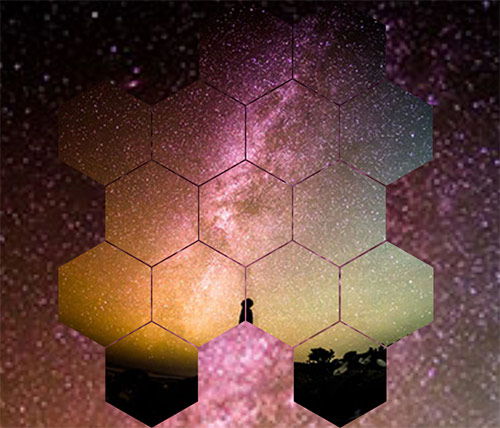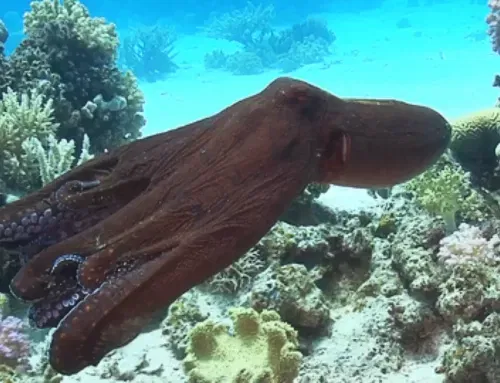I had the recent privilege of meeting Dr. John Mather, 2006 Nobel Laureate in physics for measuring the heat radiation from the Big Bang, and senior project scientist of the powerful Webb telescope launched by NASA. What he told me was remarkable.
The question, he said, was where exactly to point the telescope when it was first launched. I think that the primary choice of most astronomers would be to try and answer some of the questions which have been raised about the plethora of known, complex galaxies. This choice would be consistent with the emphasis often given on preliminary data favoring funding of basic science research grants: i.e., dig deeper on what promises to be productive. But, NO! That was not Mather’s choice. He was curious to learn something new. “What might have we missed in the areas of the universe that appear empty?” he asked. So, he pointed the telescope to apparent voids in the distant universe from Earth. And what did they find? “The so-called ‘empty’ regions were loaded with galaxies we never knew existed!”
Basic research that discovers something new is a major success story, and who knows what might occupy the so-called “empty” spaces when examined at even higher magnifications than the Webb, or with different sensory instruments. Is any space truly “empty” – a void – when we don’t see anything in it with the methods available? Empty space is analogous to negative data, which is never conclusive beyond a shadow of a doubt. Empty, nothing, neutral – all red flags for what’s not known yet. Visibility is limited to what is seen, not what’s there.
Related Blog
Recent comments by noted columnist, George Will, about the Webb telescope and its amazing potential to record the beginning of time, got me thinking of eternity. Perhaps without being aware of it, we each mark time differently, and hold the key to our own “eternity”…







Leave A Comment